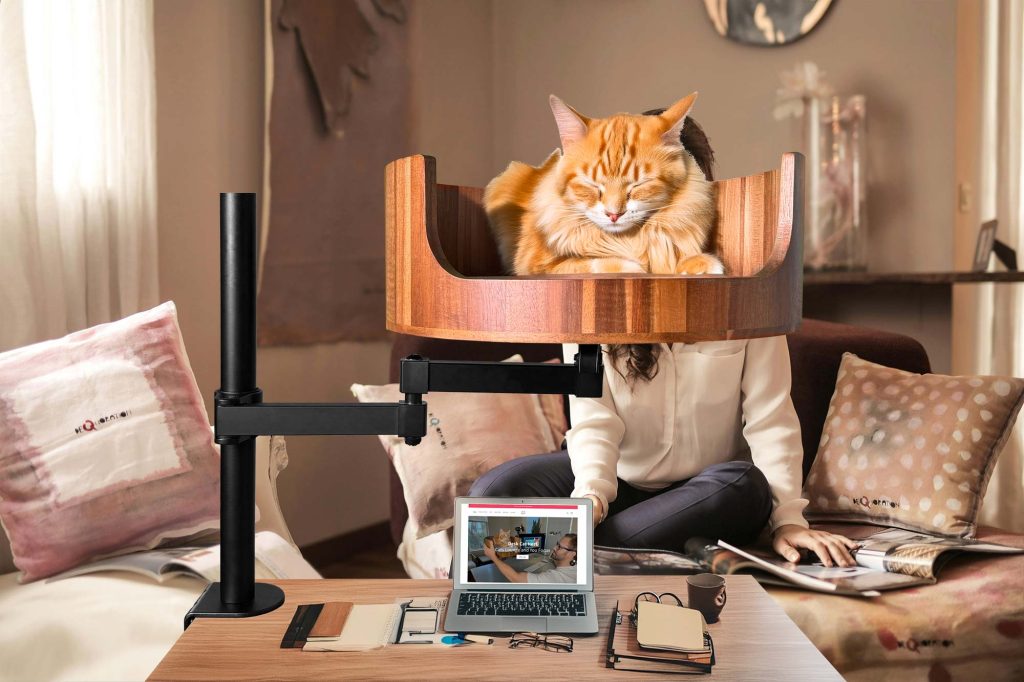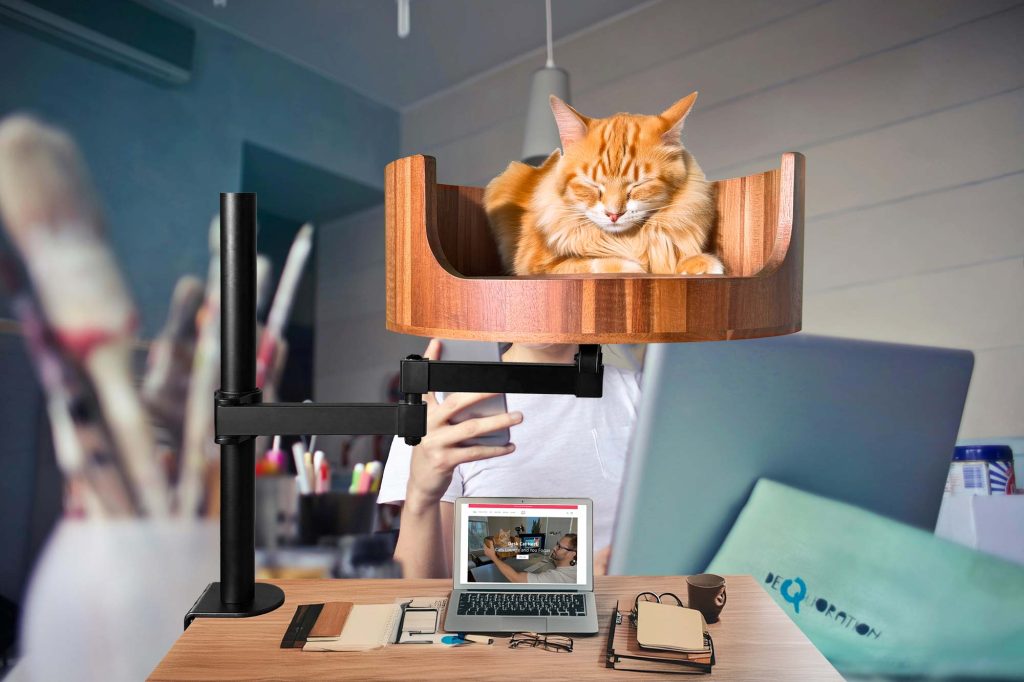Does your cat seem to frequently throw up after eating dry food? This common issue can be quite alarming for pet owners, but there are several possible causes and solutions to explore. In this article, we will delve into the reasons why your feline friend may be experiencing digestive issues after consuming dry food, as well as provide some practical tips for resolving this problem.
As obligate carnivores, cats have unique dietary needs that can sometimes be challenging to meet with commercial dry food options. From food allergies or sensitivities to eating too quickly, there are various factors that can contribute to your cat’s digestive upset. By understanding the potential causes behind your cat’s vomiting episodes, you can take steps to improve their overall well-being and prevent future incidents. Additionally, we will discuss some simple strategies for transitioning your cat to a more suitable diet that may help alleviate their digestive issues.
1. Common causes of cats throwing up after eating dry food include eating too quickly, food allergies, or underlying health issues.
2. Switching to a high-quality, easily digestible diet can help prevent vomiting episodes.
3. Providing smaller, more frequent meals and encouraging slower eating habits can also be beneficial.
4. Keeping track of your cat’s vomiting episodes and consulting with a veterinarian if the problem persists is crucial for identifying any underlying health issues.
5. Ultimately, understanding your cat’s individual needs and making appropriate dietary and lifestyle adjustments can help reduce or eliminate vomiting episodes after eating dry food.
Causes of Cats Throwing Up After Eating Dry Food
One of the main causes of cats throwing up after eating dry food is eating too quickly. When cats eat too fast, they tend to swallow air along with their food, which can lead to vomiting. Another common cause is food allergies or intolerances. Some cats may have sensitivities to certain ingredients in their dry food, causing them to vomit after eating. Additionally, hairballs can also contribute to vomiting in cats, especially if they groom themselves excessively.
Solutions for Cats Throwing Up After Eating Dry Food
To address the issue of cats throwing up after eating dry food, one solution is to slow down their eating process. This can be done by using a slow feeder bowl or interactive feeding toys that encourage cats to eat more slowly. Another solution is to switch to a different type of dry food that is formulated for sensitive stomachs or free of common allergens. Gradually transitioning their diet to a new food can help prevent digestive upset. Additionally, providing regular grooming sessions or hairball remedies can help reduce the likelihood of hairballs causing vomiting episodes.
Case Study: Managing Cat Vomiting with Dietary Changes
One case study involved a cat named Whiskers who was experiencing frequent vomiting episodes after eating dry food. After consulting with a veterinarian, it was determined that Whiskers had a food allergy to chicken, which was a common ingredient in his dry food. The vet recommended switching to a limited ingredient diet that excluded chicken. Within a few weeks of transitioning to the new diet, Whiskers’ vomiting episodes significantly decreased, indicating that the dietary change was effective in managing his digestive issues. This case highlights the importance of identifying and addressing food sensitivities in cats to prevent vomiting episodes.
Frequently Asked Questions
Why does my cat throw up after eating dry food?
There are a few reasons why your cat may be throwing up after eating dry food. It could be due to food allergies, eating too quickly, or hairballs. It’s important to consult with your veterinarian to rule out any potential health issues.
How can the Desk Cat Nest help with my cat throwing up after eating?
The Desk Cat Nest is designed to elevate your cat’s food and water dishes, which can help reduce the likelihood of your cat ingesting too much air while eating. This can help prevent indigestion and vomiting after meals.
Will my cat like eating from the Desk Cat Nest?
Most cats enjoy eating from elevated dishes because it mimics a more natural feeding position for them. The Desk Cat Nest is also designed to be comfortable and attractive, encouraging your cat to eat without any issues.
Can I use the Desk Cat Nest for wet food as well?
Yes, you can definitely use the Desk Cat Nest for wet food as well. The elevated design can help prevent your cat from making a mess while eating wet food, and it provides a more comfortable eating experience for your cat.
Is the Desk Cat Nest easy to clean?
Yes, the Desk Cat Nest is easy to clean. Simply wipe down the elevated dishes with a damp cloth and wash them with soap and water as needed. The wooden base can also be wiped down to maintain its appearance.
In conclusion, if your cat is experiencing issues with throwing up after eating dry food, the Desk Cat Bed is a valuable choice to consider. With its elevated design and comfortable sleeping surface, this innovative cat bed helps promote better digestion by reducing the likelihood of regurgitation after meals. By providing your feline friend with a designated resting area that aids in proper digestion, the Desk Cat Bed offers numerous benefits for both you and your beloved pet. Make the switch today and give your cat the relief and comfort they deserve.


